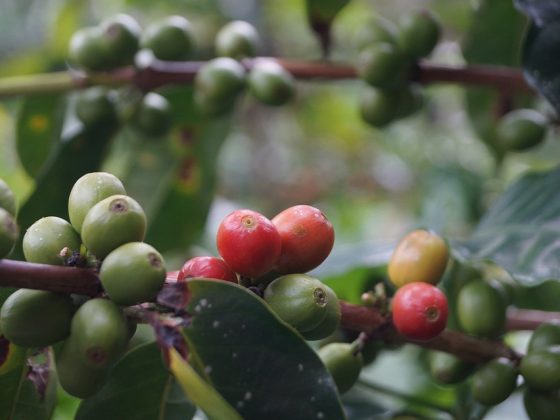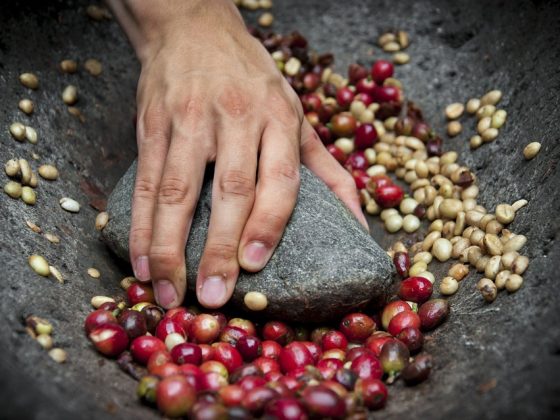end.
The Cultural and Historical Significance of Coffee Bean Origins
Coffee has been a beloved beverage for centuries, enjoyed by people all around the world. The origins of coffee beans are deeply intertwined with the cultural and historical fabric of the regions where they are grown. From the birthplace of coffee in Ethiopia to the lush coffee farms of Colombia and the high-altitude plantations of Costa Rica, the story of coffee bean origins is a fascinating one that sheds light on the rich diversity of coffee cultures around the globe.
Ethiopia: The Birthplace of Coffee
Ethiopia is widely regarded as the birthplace of coffee, with a history that dates back thousands of years. According to legend, a goat herder named Kaldi discovered the energizing effects of coffee beans after his goats started frolicking and dancing around a bush that contained the beans. Intrigued by this phenomenon, Kaldi tried the beans himself and experienced a similar burst of energy. The news of this discovery soon spread, and coffee cultivation began to spread throughout the region.
Ethiopian coffee is known for its bright acidity, fruity flavors, and floral aromas. The country is home to a rich coffee culture, with traditional coffee ceremonies being an important part of Ethiopian social life. These ceremonies involve the roasting, grinding, and brewing of coffee beans in a ritualistic manner, with the resulting brew being shared with friends and family as a symbol of hospitality and friendship.
Colombia: The Iconic Coffee Growing Region
Colombia is one of the most famous coffee-growing countries in the world, known for its high-quality Arabica beans and its diverse range of microclimates that produce a wide variety of coffee flavors. Colombian coffee is prized for its smooth, balanced flavor profile, with notes of caramel, chocolate, and citrus.
Coffee plays a central role in Colombian culture, with the country hosting an annual coffee festival in the town of Manizales that celebrates the history and heritage of Colombian coffee. The festival includes coffee tastings, cultural events, and competitions that showcase the skills of local farmers and baristas. Coffee is also an important part of the Colombian economy, with millions of people depending on coffee production for their livelihoods.
Costa Rica: The Pioneers of Sustainable Coffee Farming
Costa Rica is another important coffee-growing region with a long history of coffee production. The country is known for its commitment to sustainable and environmentally friendly coffee farming practices, with many farms using shade-grown methods that preserve the natural habitat of local wildlife.
Costa Rican coffee is prized for its bright acidity, sweet flavor profile, and clean finish. The country's high-altitude coffee plantations produce some of the best Arabica beans in the world, with coffee aficionados around the globe seeking out Costa Rican coffees for their exceptional quality.
FAQs about Coffee Bean Origins
Q: Where do coffee beans come from?
A: Coffee beans come from the seeds of the coffee plant, which grows in tropical regions around the world. The beans are harvested from the plant's cherries, which contain two seeds that are processed and roasted to produce coffee beans.
Q: What is the difference between Arabica and Robusta coffee beans?
A: Arabica and Robusta are the two main species of coffee plants that produce the beans used to make coffee. Arabica beans are generally considered to have a more complex flavor profile and lower caffeine content, while Robusta beans are known for their strong, bitter taste and higher caffeine content.
Q: How are coffee beans processed?
A: Coffee beans go through several processing steps before they are ready to be roasted and brewed. These steps include hulling, roasting, grinding, and brewing, each of which plays a crucial role in determining the flavor and quality of the final cup of coffee.
In conclusion, the cultural and historical significance of coffee bean origins is a testament to the rich tapestry of coffee culture around the world. From the birthplace of coffee in Ethiopia to the lush coffee farms of Colombia and the sustainable plantations of Costa Rica, the story of coffee beans is one that continues to evolve and inspire coffee lovers everywhere.










